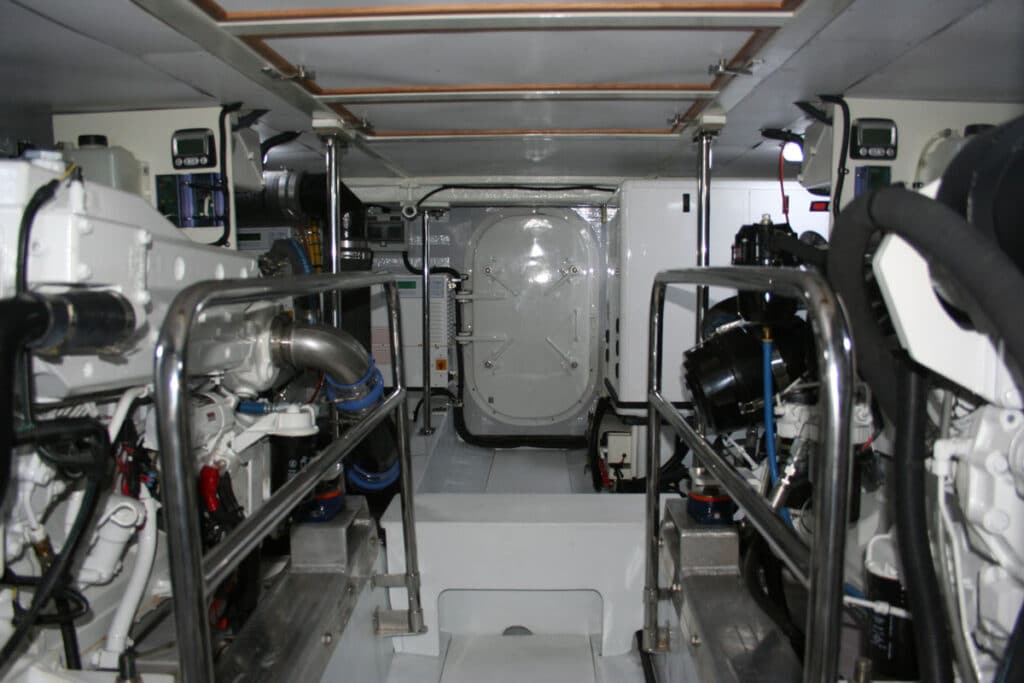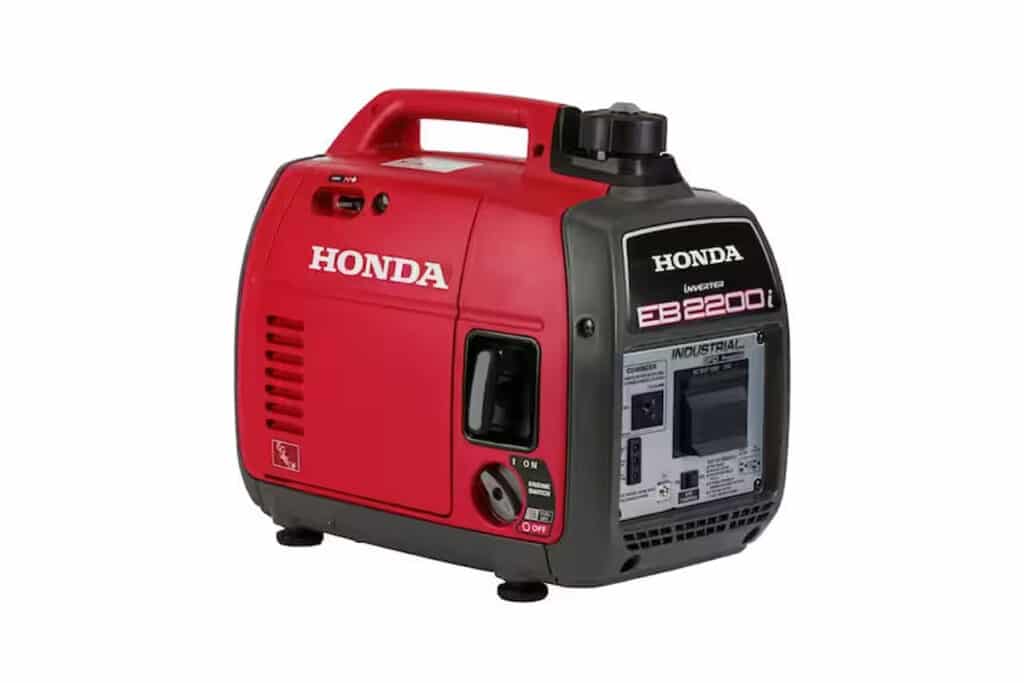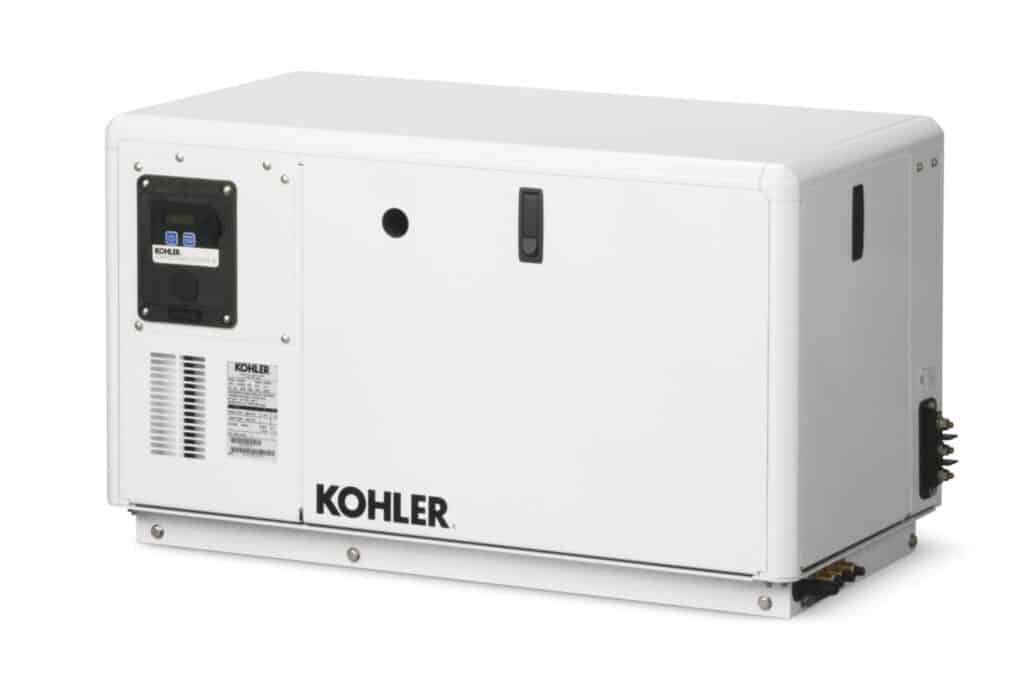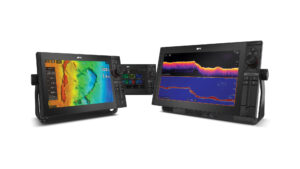
Boating in homelike comfort for more than a few hours at a time takes more electricity than most battery systems can provide, but adding a generator to the mix gives boaters a constant feed of power. A generator is a rather involved upgrade, but it can be boiled down to a few basic steps.
Determine Your Vessel’s Power Needs
There’s a big difference between the power requirements of a 40-foot cruiser and a 30-footer. Take air conditioning, for example. Both boats may have it, but one might need a 20,000-Btu system to chill down the salon while the other can get by with 5,000 Btus. So, the bigger boat will not only have more systems to feed, but each one is larger in scale. That means step one is simply figuring out how much power is enough. And remember that bigger isn’t always better. Generators are designed to run under load, and if you regularly run one at less than 25 percent of its output and don’t typically run at closer to 50 to 70 percent of load, it will often lead to soot formation, poor piston-ring seals and clogged injector tips.
What if you need only minimal juice? In that case, could carrying a portable generator aboard make sense? Maybe so, but these usually hold enough fuel to run for just eight or nine hours. If you want electricity for longer than that, you’ll have to carry a gas can and plan to refuel from the deck of a pitching, rolling boat. Obviously, that raises safety concerns. Plus, these generators generally aren’t marinized for use in the saltwater environment. As a general rule of thumb, carry-on generators have limited applications on boats.

Determine Your Boat’s Available Real Estate
The biggest limiting factor in how much power you can bring aboard will be engine-room space. Generators are often shoe-horned in, which makes for tough maintenance, but even tougher installation. You need a solid, level mounting surface, as well as room for cables and hoses. Also consider access to the area, because it won’t do you much good to buy a generator only to discover it doesn’t fit through the hatch.
Mounting a Boat Generator
Generators are weighty, and they require secure mounting. Screws or lag bolts aren’t sufficient—you need stout through-bolts or hefty brackets. Think of it like mounting an engine in a boat, because, well, they are engines. True, the generator won’t be bearing any thrust, but all that weight creates an awful lot of leverage when the boat rocks and rolls. If you’re adding a generator to a boat that originally offered one as optional equipment, check with the manufacturer to see if pre-tapped mounting plates were laminated into the stringers. You may have an ideal mounting point ready and waiting for you.

Plumbing a Boat Generator
Ready to start running hoses? You’ll need a cooling water feed via a through-hull with a seacock, and an exhaust run. Intake lines need to have a sea strainer between the seacock and the generator, and should not depend on a scoop-style through-hull, which can force water into the generator when it’s not in operation. Exhaust lines need an anti-siphon loop installed at the manufacturer’s recommended minimum height above the waterline.
Obviously, you’ll also need to get fuel to the generator. In the interest of minimizing the hazard of mixing up fuels and increasing the workload, most boaters want to choose a generator that burns the same fuel as their vessel’s powerplants and tap into the existing supply. Otherwise, installing a fill and vent lines will be necessary in addition to installing the tank itself. You’ll also need to plumb in a fuel filter between the tank and the generator.
Wiring a Boat Generator
Wiring is a stage that can get quite tricky, and the bottom line is that you must follow the manufacturer’s specifications for both the boat and the generator. That said, there will usually be cables for an externally mounted battery for starting the generator, the AC output, and you may wire in a remote-control panel above decks, as well. Care must be taken to make sure that all wiring is up to manufacturer and ABYC specs, and that it’s supported and protected from stress and chaffing. AC wiring must be done as per the manufacturer’s recommendations. Note that generators must also be grounded and bonded in accordance with USCG regulations.
Insulating a Boat Generator
Generators can be notoriously loud. If your boat’s engine room isn’t thoroughly insulated, choosing a generator contained in an insulated soundshield is a smart move. Adding acoustic insulation to an engine room after the fact is rarely as effective. Air intakes, exhaust type and mounting will also have an impact on the noise and vibration levels.
So, is adding a generator to a boat really all that involved? You bet it is, which is why few DIY boaters ever even consider giving it a shot. It’s also risky to try installing one yourself from both a safety and a reliability/longevity standpoint. So, 99 times out of 100 this is a job best left to the professionals.









